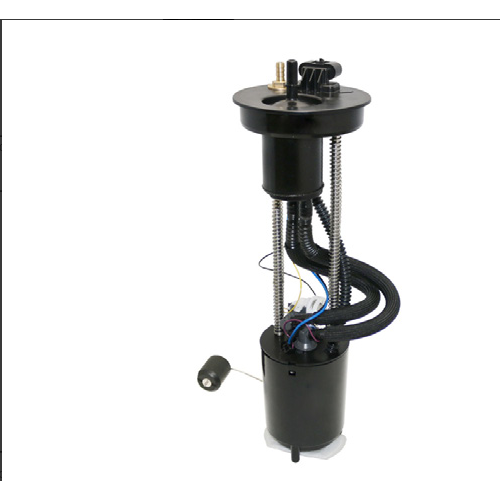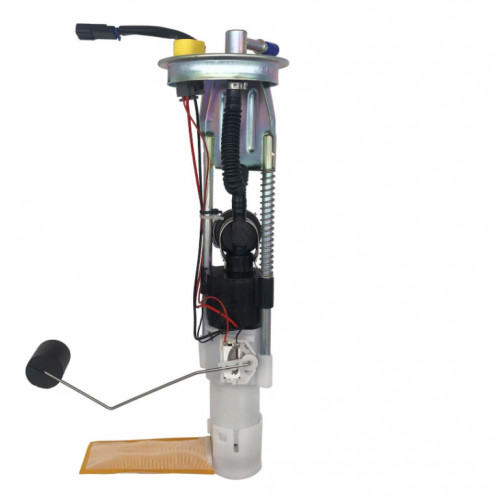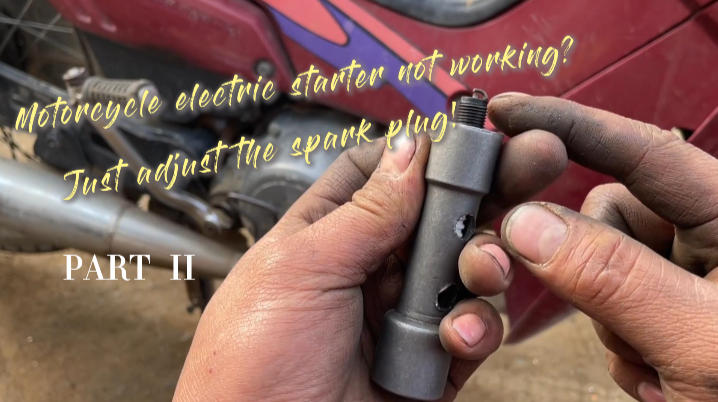Common Causes of Electric Motor Burnout
-
19
-
2025-07-01 15:07:48
Typically, motor burnout results from these key factors: overload, overheating, voltage issues, phase failure, and insulation damage.
1. Overload Protection is Critical
• Ensure proper sizing of thermal relays and circuit breakers.
• Regularly verify loads don’t exceed rated values.
Example: Fan blade dust buildup or pump impeller blockage causing overload.
2. Overheating: Address Cooling Failures
• Poor heat dissipation (often overlooked) requires routine air duct cleaning to prevent dust clogging.
• Monitor ambient temperature impacts.
Example: Obstructed airflow due to materials stacked around motors.
3. Voltage Stability Matters
• Mitigate phase imbalance and voltage fluctuations.
• Use voltage stabilizers in unstable grids.
• Periodically check phase voltage balance for three-phase motors.
4. Prevent Phase Failure Operation
• Phase loss (e.g., blown fuses causing single-phasing) makes protection devices essential.
5. Insulation Damage: Avoid Moisture & Physical Stress
• Common causes: humid environments and mechanical damage.
• Use motors with high protection ratings (IP55/IP65) in damp areas.
• Prevent direct water exposure.
6. Minimize Frequent Start-Stop Cycles
• High inrush currents during repeated starts lead to overheating.
• Solution: Soft starters or VFDs reduce electrical stress.
Maintenance Priorities
• Bearing Lubrication: Follow manual guidelines—under/over-lubrication causes failures.
• Terminal Tightness: Check loose connections quarterly to prevent heat buildup.
• Vibration Control: Address bearing wear or misalignment early—prolonged vibration damages windings.
Key Prevention Framework
Correct Sizing → Protection Devices → Environmental Control → Standardized Operation → Scheduled Maintenance
Conclusion
Preventing motor burnout requires a holistic approach: proper design, installation, maintenance, and protective measures. Next installment: Critical preventive strategies.
-
Oil Pump JR-B18-1 16700-K20-903 For Z00MER

-
Oil Pump JR-B18 16700-KVG-41 For AIR BLADE

-
Oil Pump JR-B113 16700-HR3-A21 For Fou rTrax Rancher

-
Oil Pump JR-B112-1 275500734 For GT1 130/155 2011-2012

-
Oil Pump JR-B112 47-1027 For MAVERICKX

-
Oil Pump JR-B110 47-1050 For OUTLANDER

-
Oil Pump JR-B109 709000758 For OUTLANDER

-
Oil Pump JR-B108-1 2204308 For SPORTSMAN

-
Oil Pump JR-B108 47-1014 For SPORTSMAN

-
Oil Pump JR-B98-1 47-1012 For RANGER






